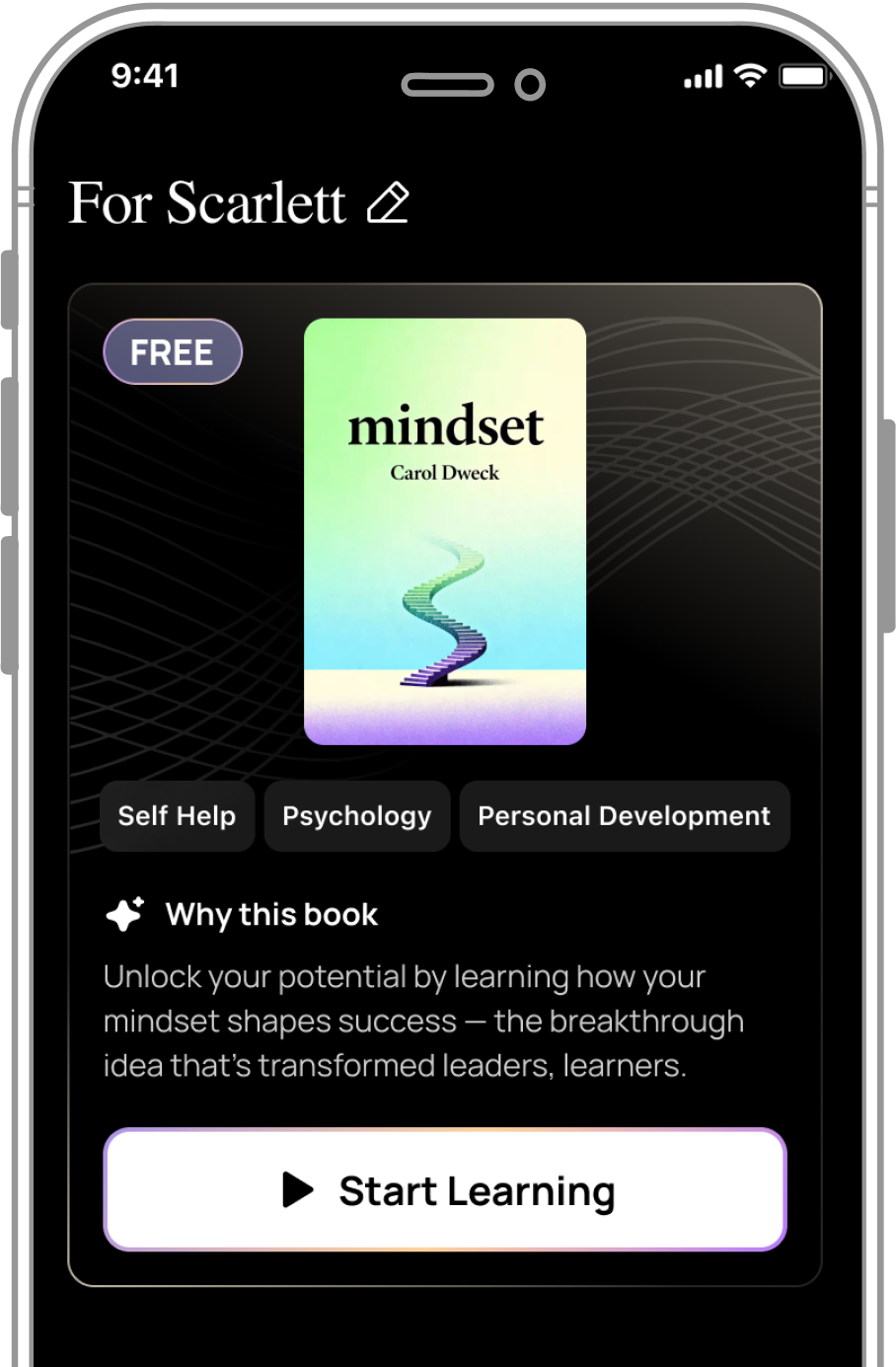What is
Burnout: The Secret to Unlocking the Stress Cycle about?
Burnout examines why women experience burnout differently than men, offering science-backed strategies to complete the biological stress cycle and combat societal pressures like the "Bikini Industrial Complex." Authors Emily and Amelia Nagoski blend research with actionable tools to help readers manage emotions, prioritize rest, and reclaim well-being without unrealistic self-care standards.
Who should read
Burnout: The Secret to Unlocking the Stress Cycle?
Women feeling emotionally exhausted by societal expectations, wellness professionals, and anyone seeking science-based stress management techniques. It’s particularly relevant for those navigating workplace inequality, body-image struggles, or caregiver roles.
Is
Burnout: The Secret to Unlocking the Stress Cycle worth reading?
Yes—ranked 4.3/5 by critics, the book provides actionable frameworks (e.g., stress cycle completion) alongside relatable metaphors. Readers praise its blend of neuroscience, feminist critique, and practical exercises like "body compassion" journaling.
What are the main concepts in
Burnout: The Secret to Unlocking the Stress Cycle?
Key ideas include:
- Stress cycle completion: Physical activities (exercise, crying) to transition from fight-or-flight to relaxation.
- Bikini Industrial Complex: Societal systems profiting from women’s body insecurity.
- Human Giver Syndrome: Cultural pressure to prioritize others’ needs over one’s own.
How can
Burnout help manage chronic stress?
The Nagoskis emphasize “completing” stress through movement, creativity, or connection—not just removing stressors. For example, a 20-minute walk signals safety to your nervous system, breaking the burnout loop.
What is the “Bikini Industrial Complex” in
Burnout?
This term critiques industries (fashion, diet, beauty) that profit by enforcing narrow beauty standards. The book advises readers to reject these pressures through self-compassion and boundary-setting.
Does
Burnout address workplace inequality?
Yes—it analyzes how gendered expectations (e.g., emotional labor, unequal pay) fuel exhaustion. Solutions include delegating tasks, advocating for systemic change, and rejecting “productivity guilt”.
What are criticisms of
Burnout: The Secret to Unlocking the Stress Cycle?
Some note its primary focus on cisgender women limits broader applicability. However, the core principles (stress cycle completion, self-compassion) apply across genders.
How does
Burnout differ from Emily Nagoski’s
Come As You Are?
While Come As You Are focuses on sexual wellbeing, Burnout tackles emotional exhaustion. Both use neuroscience but diverge in themes—Burnout emphasizes societal pressures, while Come As You Are explores desire.
What quotes summarize
Burnout’s message?
- “You are enough, just as you are”: Rejecting perfectionism.
- “Wellness is not a state of being; it’s a state of action”: Prioritizing sustainable habits over quick fixes.
How does
Burnout compare to
Atomic Habits?
Both offer actionable strategies, but Burnout targets systemic and emotional barriers (e.g., sexism), while Atomic Habits focuses on individual behavior chains. They complement each other for holistic growth.
Why is
Burnout relevant in 2025?
With remote work blurring boundaries and AI increasing productivity demands, the book’s tools for managing overwhelm remain critical. Its critique of “hustle culture” aligns with rising movements for workplace equity.








